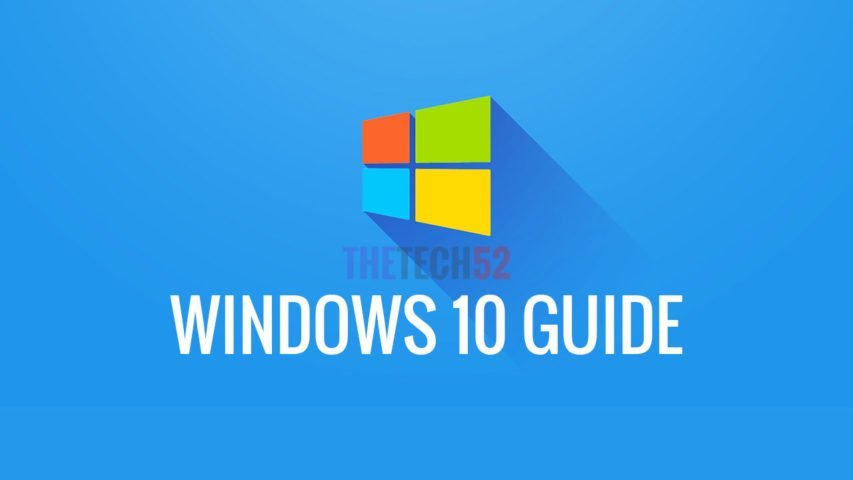Recycle bin hold on the data that you delete and hence it occupies disk space. You need to go and empty the Recycle bin to free the space occupied by the deleted items. This guide will show how you how to empty Recycle bin automatically using Task Scheduler in Windows 10.
You may be too busy with work and not getting enough time to clean the recycle bin manually. If you are working on designing projects or any project which requires many edits or versions, deleting frequently is obvious. This makes you recycle bin fill up and thus reducing disk space. To make things easier, you can schedule the clean up process and concentrate only on your work.
How to Empty Recycle Bin Automatically Using Task Scheduler in Windows 10
- Click on Start.
- Type Task Scheduler in the search box.
- Click and open Task Scheduler.
- Now in the Task Scheduler window, click on Task Scheduler Library.
- Then right click on Task Scheduler Library and from the menu that opens up, click New Folder.
- Then give a name to folder (like Custom Task).
- Then right click on the newly created folder and from the menu that opens up, click on Create Task.
- The Create Task windows opens. Then on the General tab, add a name for the task to empty the recycle bin automatically. (like “Clean My Recycle Bin”).
- Then go to the triggers tab, click New.
- Choose the start date and time for the task and when to start the task.
- Next go to the actions tab and click New.
- In the Programs/script field, type cmd.exe.
- In the Add arguments text box, enter the following and click ok.
/C "echo Y|PowerShell.exe -NoProfile -Command Clear-RecycleBin" - Finally click OK in the Create Task window to complete the task creation.
That’s all from how to empty recycle bin automatically using task scheduler in Windows 10. Check out how to install and enable hyper-v on Windows 10.
